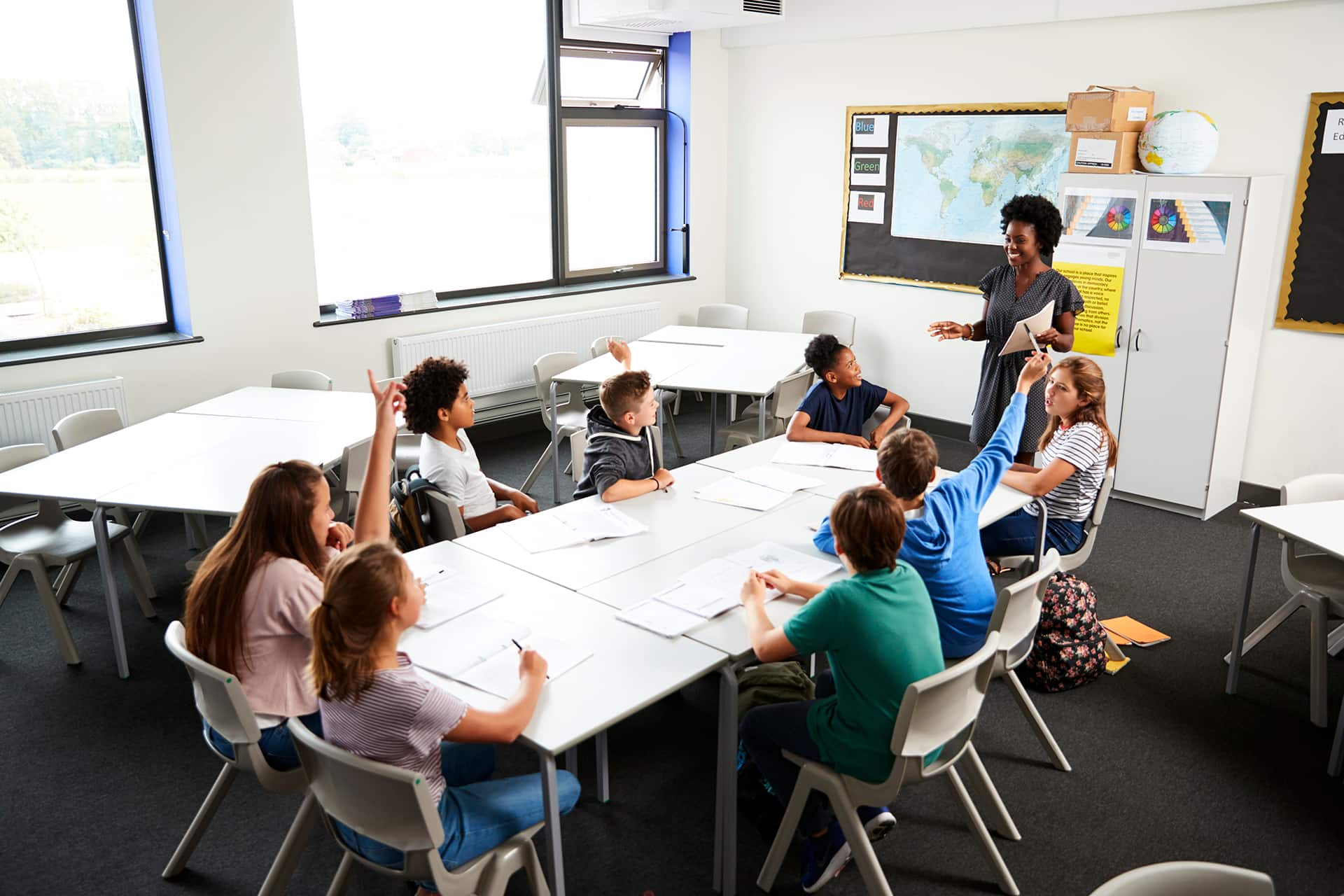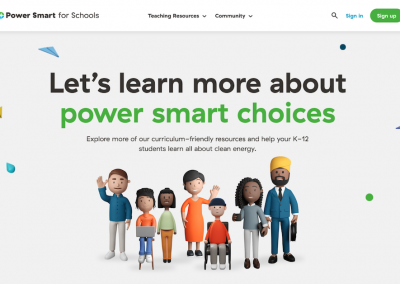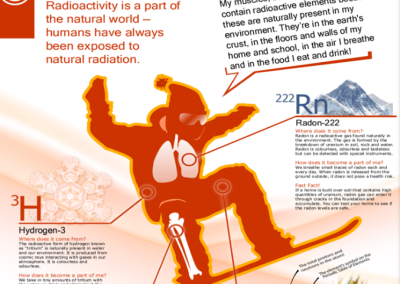Overview
Energy is used to power computers, TVs, fans and most electrical appliances. Essentially, everything we plug into the wall uses energy. We also use energy for cooking and other everyday tasks. Can you imagine what life would be like without easy access to energy in our buildings, homes and schools?
We need the ability to produce energy, but we also need to be environmentally responsible and wisely use the energy we have. Can you imagine a building that actually generates as much energy as it uses? This is called a net-zero energy building. Homes, offices, stores and even schools can be net zero-energy buildings. Today we are going to redesign our classroom so that it is a net-zero energy classroom.
NB Curricular Connections
Science 3-5
- Strand: Learning & Living Sustainably- Big Idea: Responsible and Sustainable Application
Visual Arts 3-5
- Strand: Create – Big Idea: Exploration and Process
What You’ll Need
- Download Zero energy classroom presentation
- Download Zero energy classroom items and print one per group
- Download Zero energy classroom design sheet and print one per student
- Glue stick
- Scissors
- Colored pencils
Instructions
The first step in designing a net-zero energy building, or in our case — a classroom, is to make sure that everything that uses energy, uses it wisely and efficiently. Look around you: what do you see? Think of all the things you spot that use energy, and now think of ways that they could do it more efficiently. What are some ways we could use energy more efficiently in this classroom?
For example, we could put in light emitting diode lights (LEDs), in all lamps and desk lights. These use one-quarter of the energy of traditional incandescent light bulbs because they do not heat up as much. In the ceiling, we could make sure that we have the most efficient florescent lighting or LED lighting. We can also replace lights with natural daylight. If we let natural light shine in from the outside through big windows or skylights, then we do not need to turn on as many lights in the classroom.
We can also use the light that shines in the windows to heat the classroom in the winter; this means we would not need to use the heaters as much. This is called passive solar heating. Locations that are sunny and have a colder climate, such as New Brunswick, are perfect for passive solar heating. To take advantage of the sun’s warmth, windows need to be on the south side of a classroom because in the winter (in the Northern Hemisphere), the sun shines from the south. We can then put a curtain on the window or a shade above it outside to block the sun in the summer when it is higher in the sky and hotter in the classroom.
Once we are using energy wisely, we can place renewable energy technologies in our classroom to generate electricity and power our classroom. Who can name a form of renewable energy that we can harness right here at our school? Solar and wind are two very practical types of renewable energy that can be harnessed on-site and used to power anything that uses electricity. We should measure the energy in our classroom so we know exactly how much energy we are using all the time and how much we need to generate.
Lastly, we can add some other cool features to conserve water, recycle and help make our classroom sustainable in many ways. Let’s get started!
Before the Activity
Print the Zero energy classroom items and cut them so that each group/student has one set. If you have shorter class periods, then it may be more practical to cut the items out in advance and presort them for each group.
Print the Zero energy classroom design sheet, one per group/student.
Show the class the Zero energy classroom presentation to explain all of the features for students to include in their net-zero energy classrooms and how they should be placed. Show the presentation in conjunction with the Introduction/Motivation content.
With the Students
- Give each group or student a design sheet and a set of the classroom items.
- Hand out scissors and glue sticks.
- Direct students to place all of their classroom items inside the classroom in the locations they think would be most appropriate, and to draw in windows and other doors or lights, etc. Some common item placements:
Indoor: computers, lights, heater, air conditioning, digital display, recycling bins
Outside: compost bin, water storage tank (pipe flows from roof to tank), bike rack, energy meter (attached to side of building), solar panels (on roof), wind turbine (on roof or away from building sides)
Students should also draw windows in the classroom wall.
- Have students label all items they have placed in the classroom.
- Have students color their classroom diagrams.
- (optional) Have students draw wires that connect the renewable energy items to the energy meter and then from the meter to the items in the classroom that use energy. (Wires go to the energy meter before going to lights and computers.) Also have them draw wires to the power lines and utility.
- (optional) Have students include other items in their designs that might be used around the inside or outside of the classroom, including gardens, rain collected by gutters and flowing to a storage tank, bicycles or scooters, desks and chairs, etc.
Reflection Activity
Global Competencies
The Global Competencies are the skills, sets of knowledges, and attitudes of a well-rounded person. They cross disciplines and contexts, and enable a person to thrive in local, virtual, and global communities.
- Collaboration
- Communication
- Critical Thinking and Problem Solving
- Sustainability and Global Citizenship
Acknowledgments
Activity downloaded from Design a Net-Zero Energy Classroom – Activity – TeachEngineering




